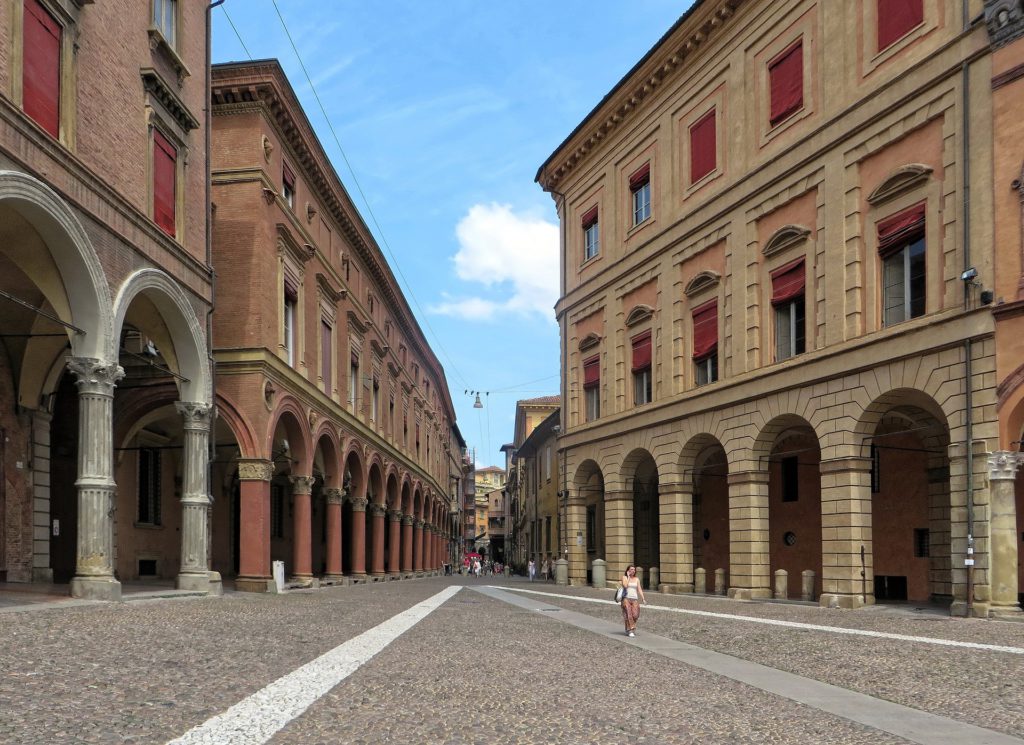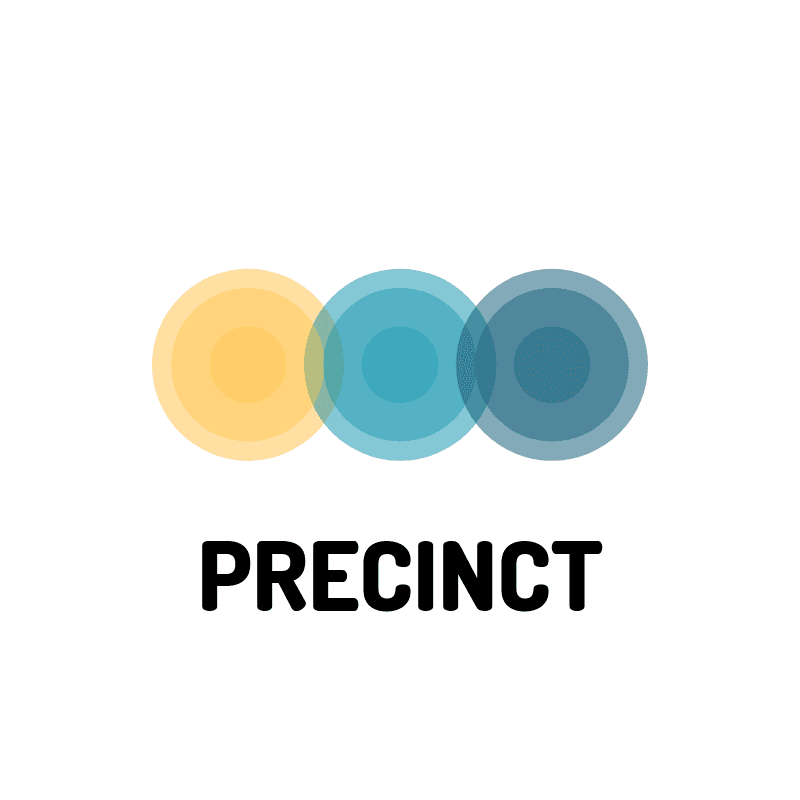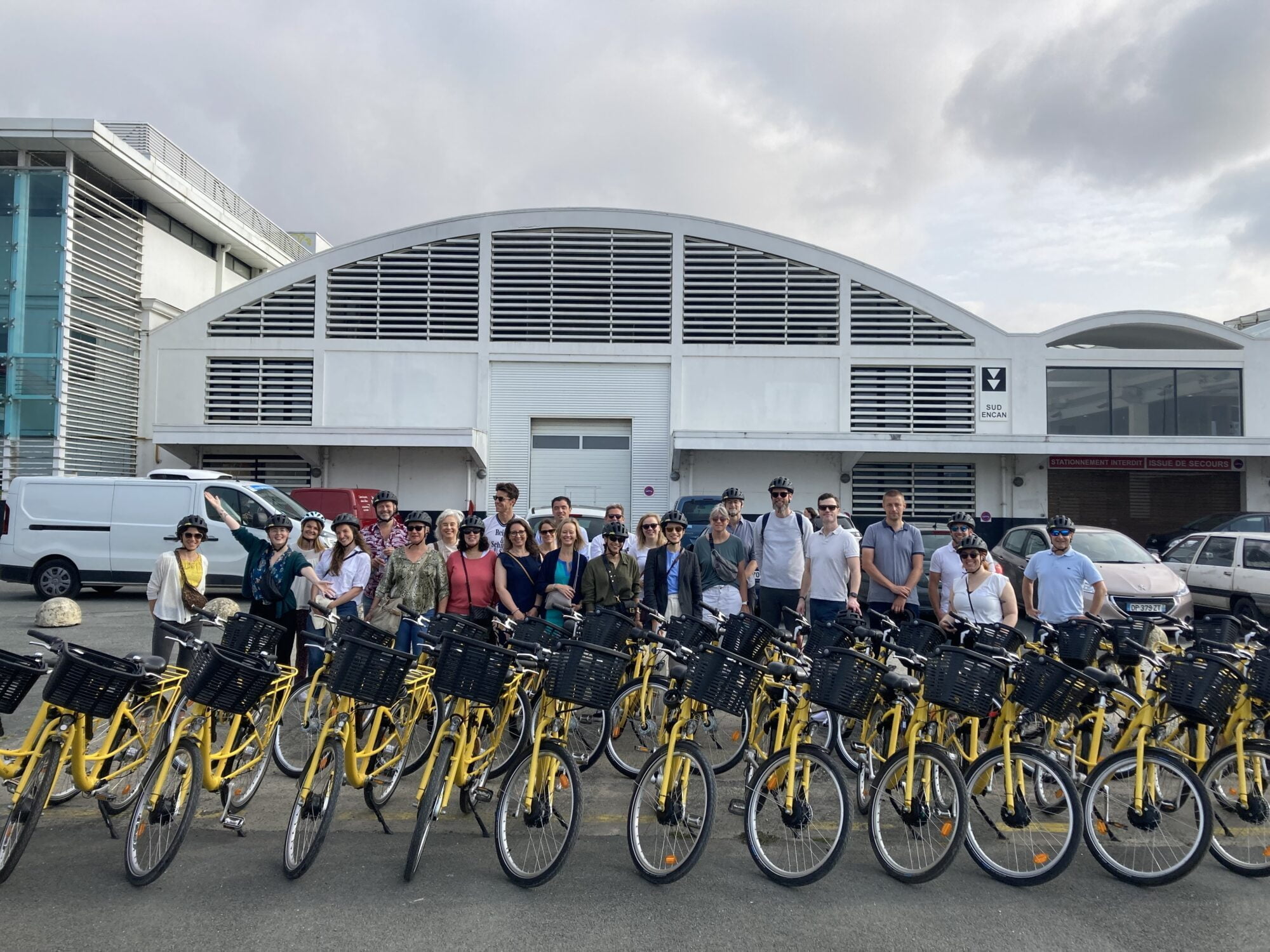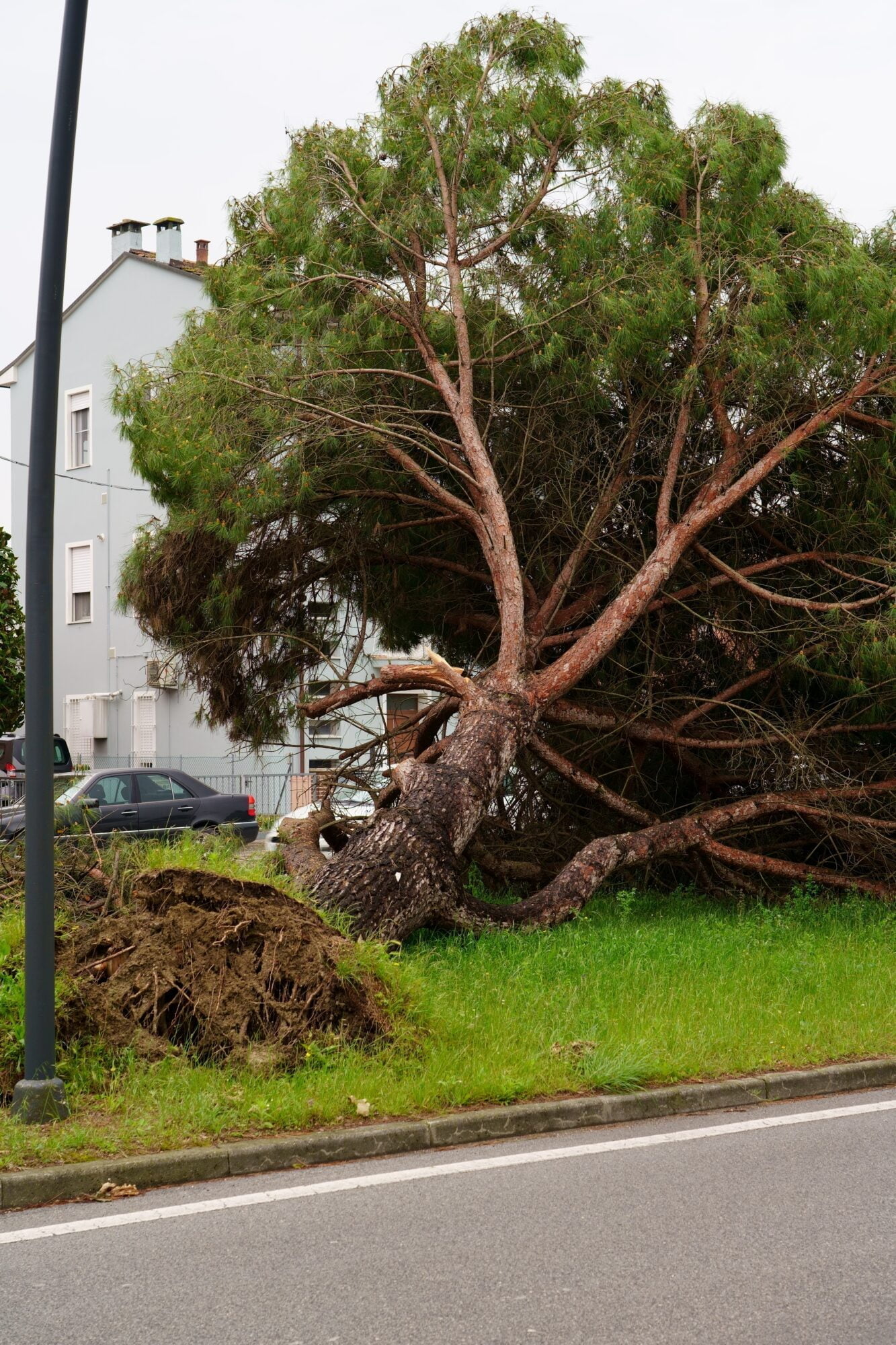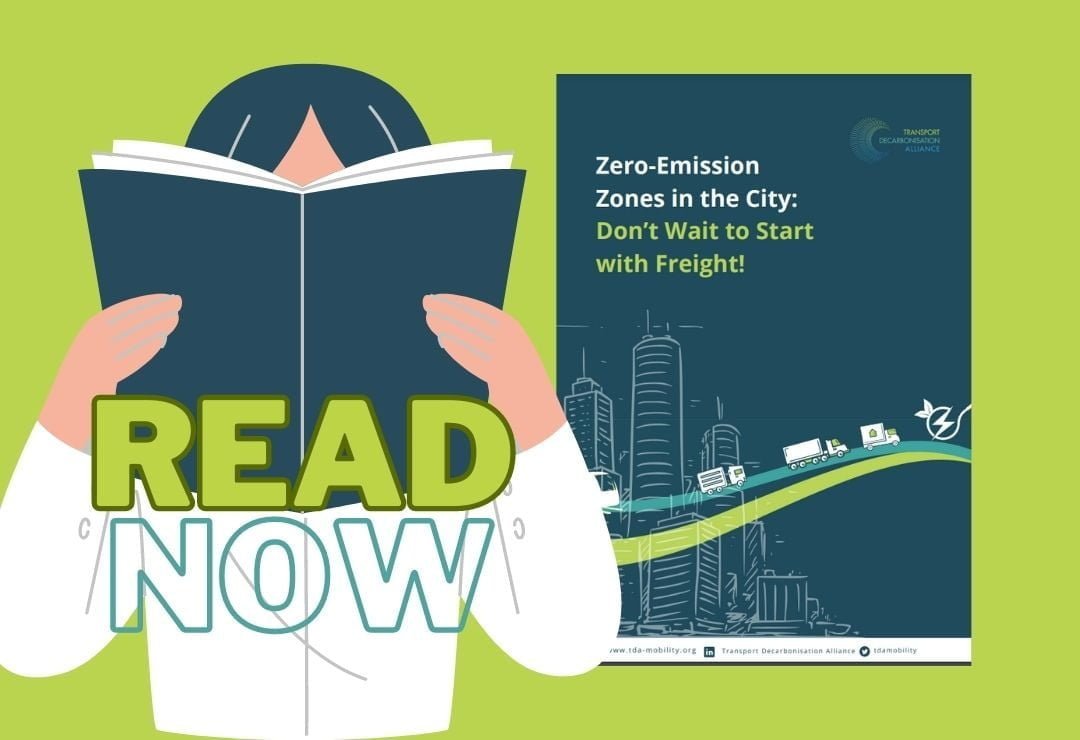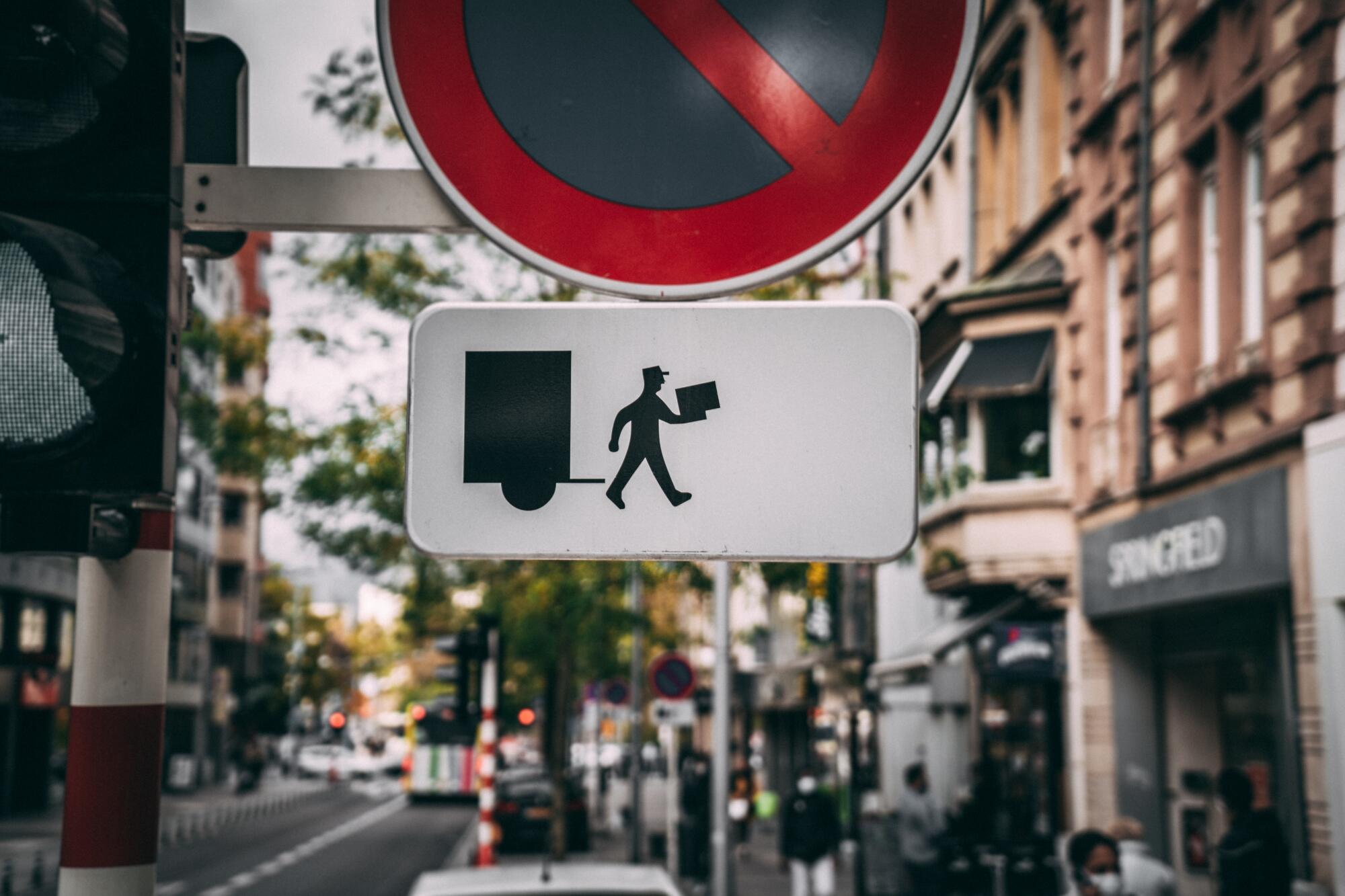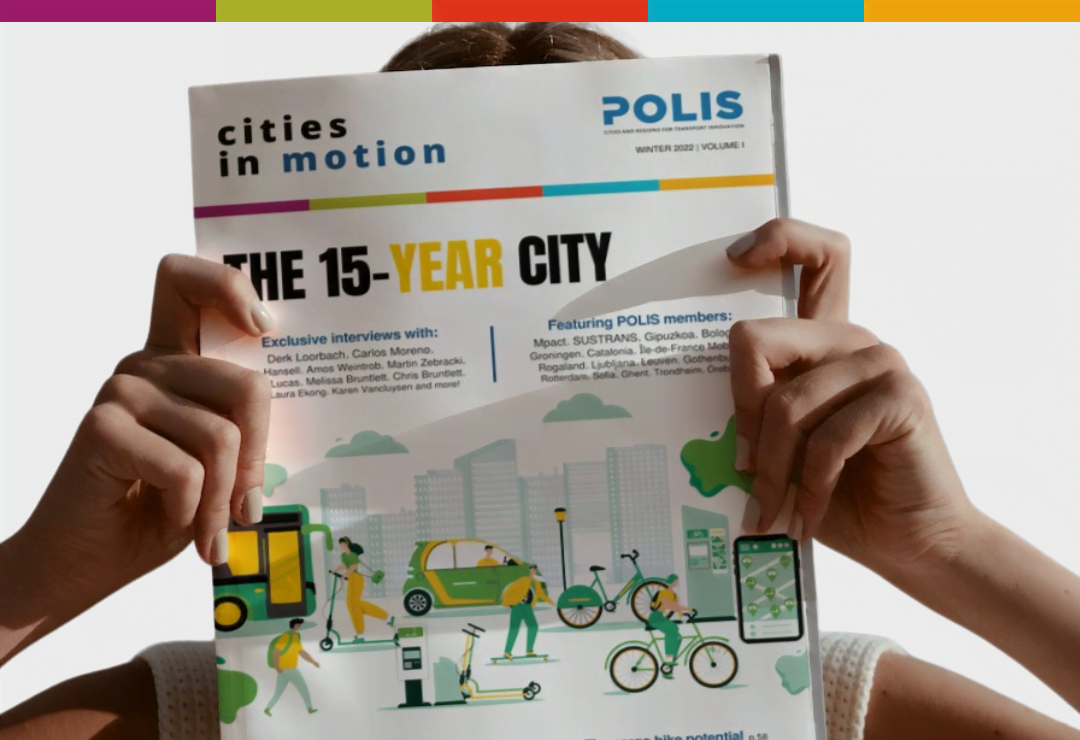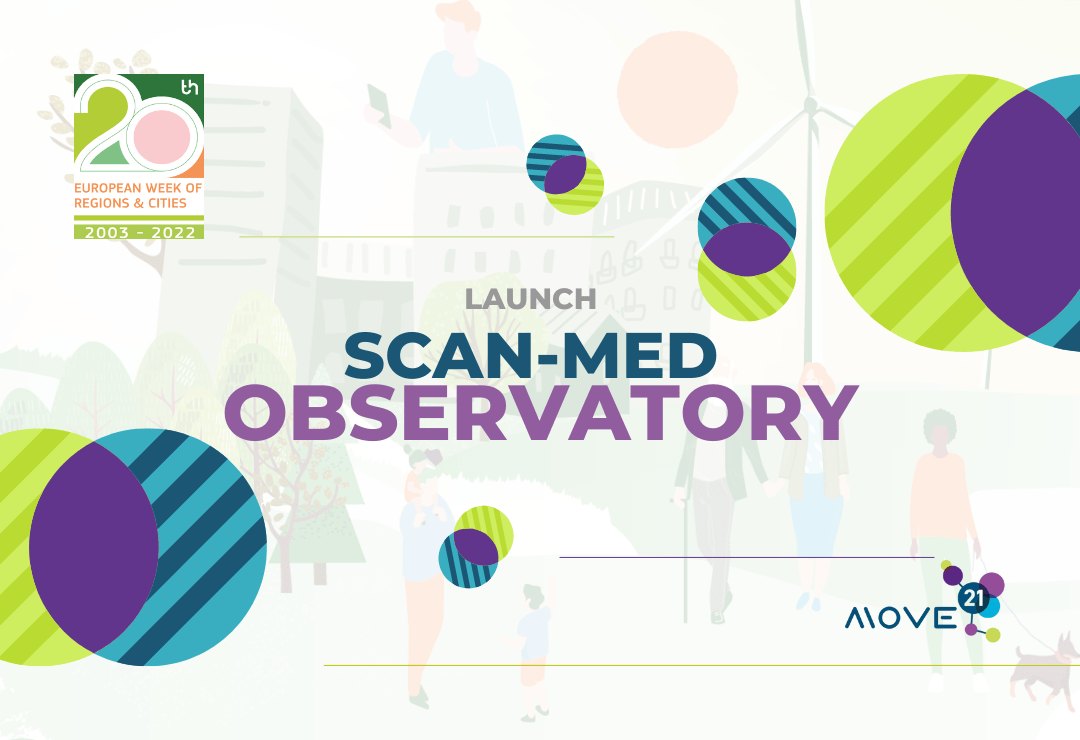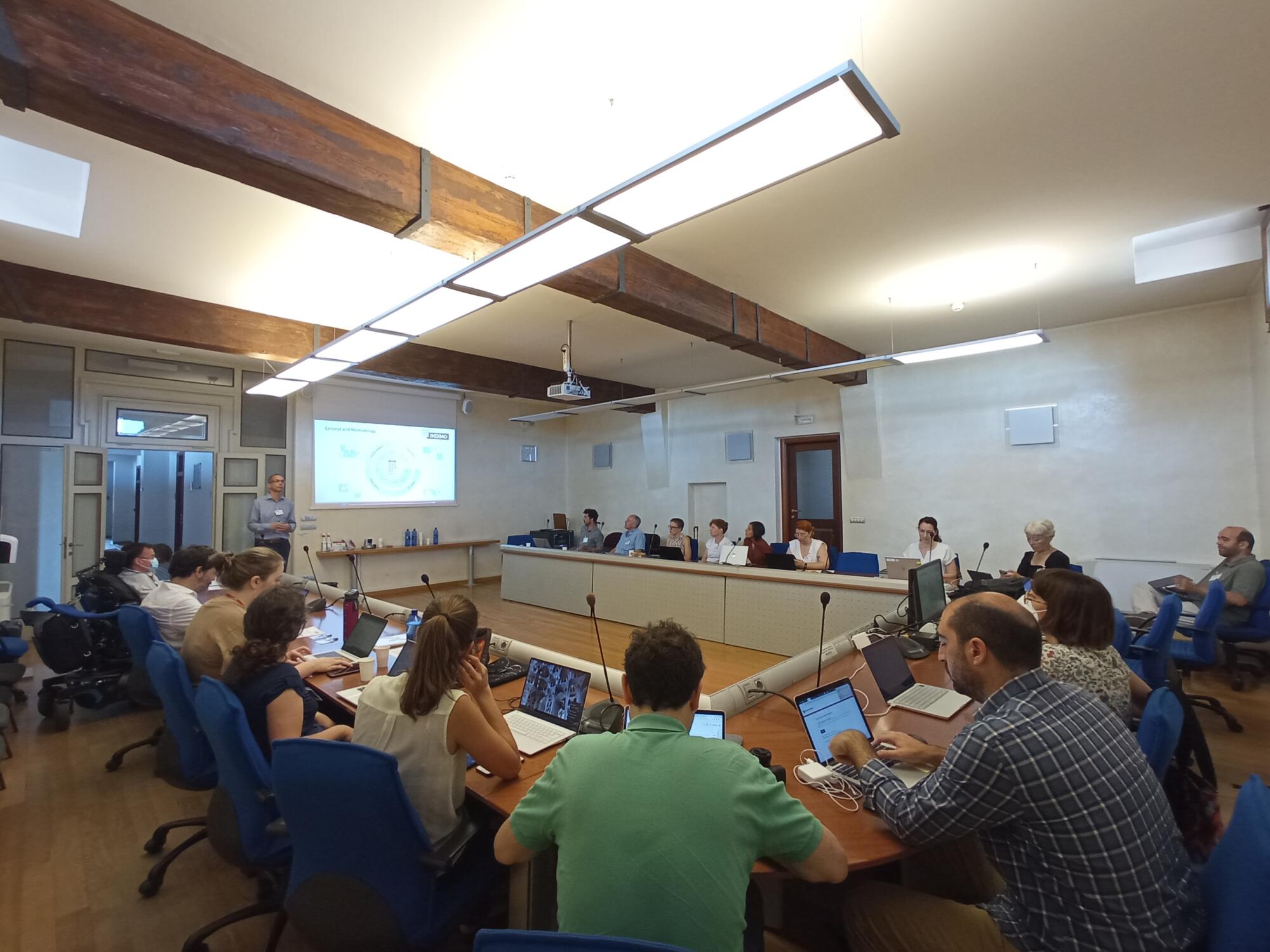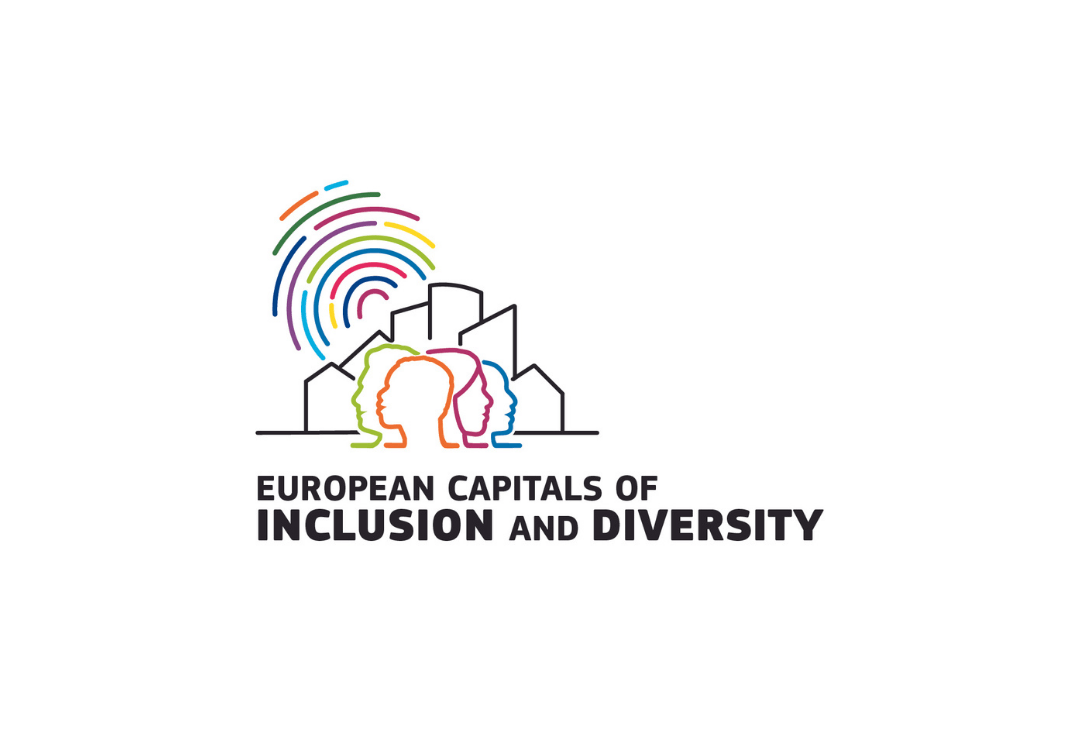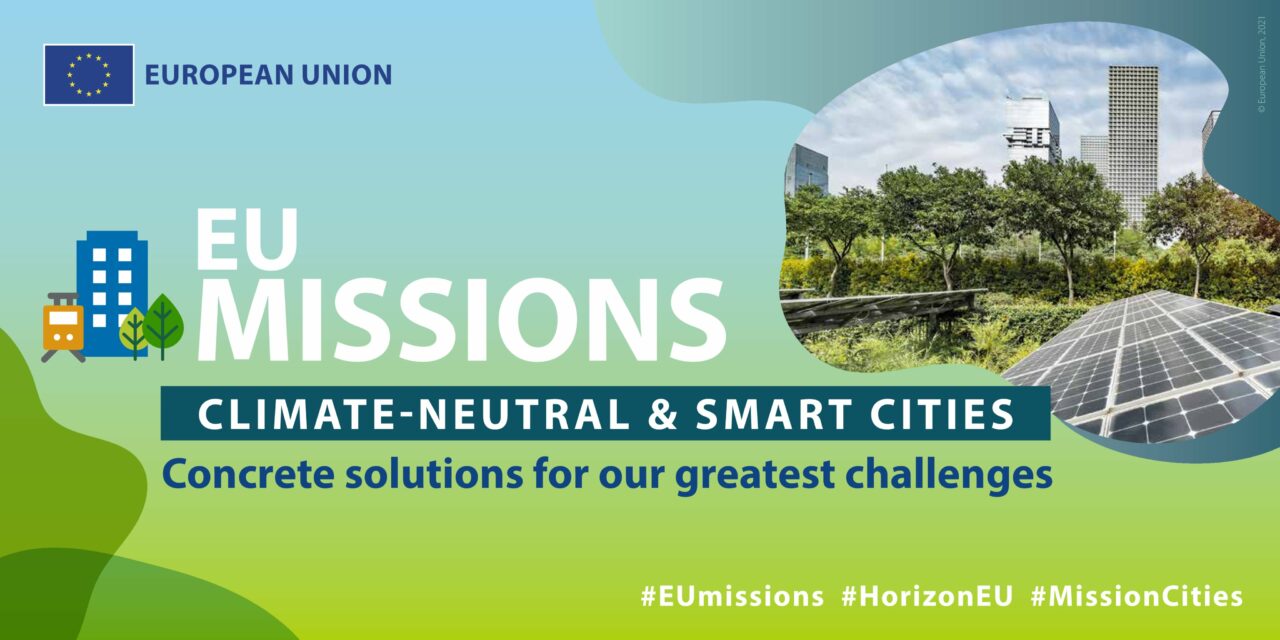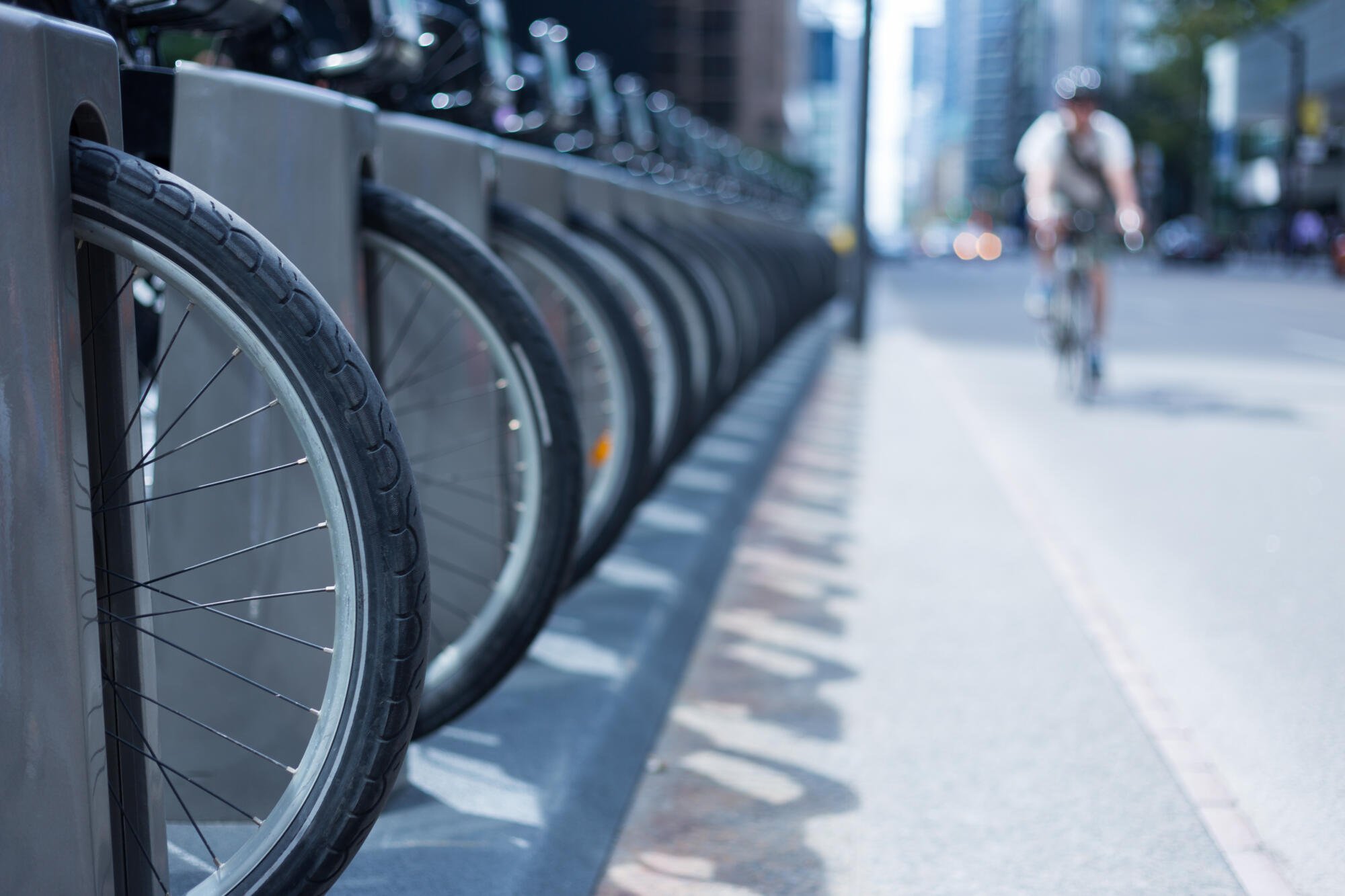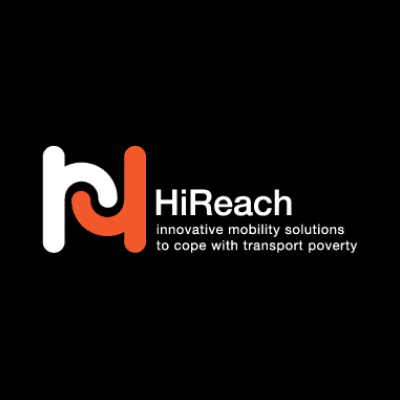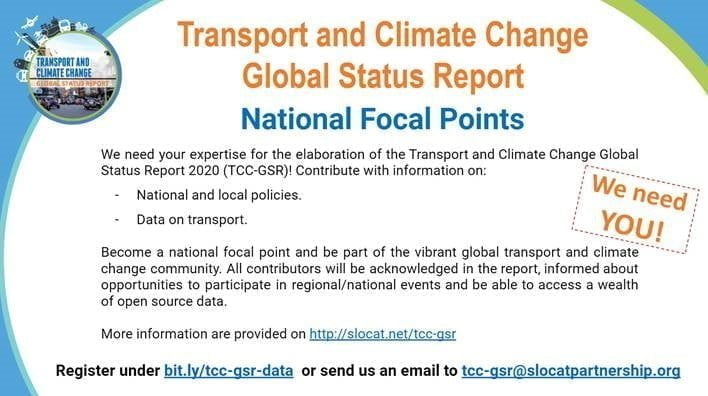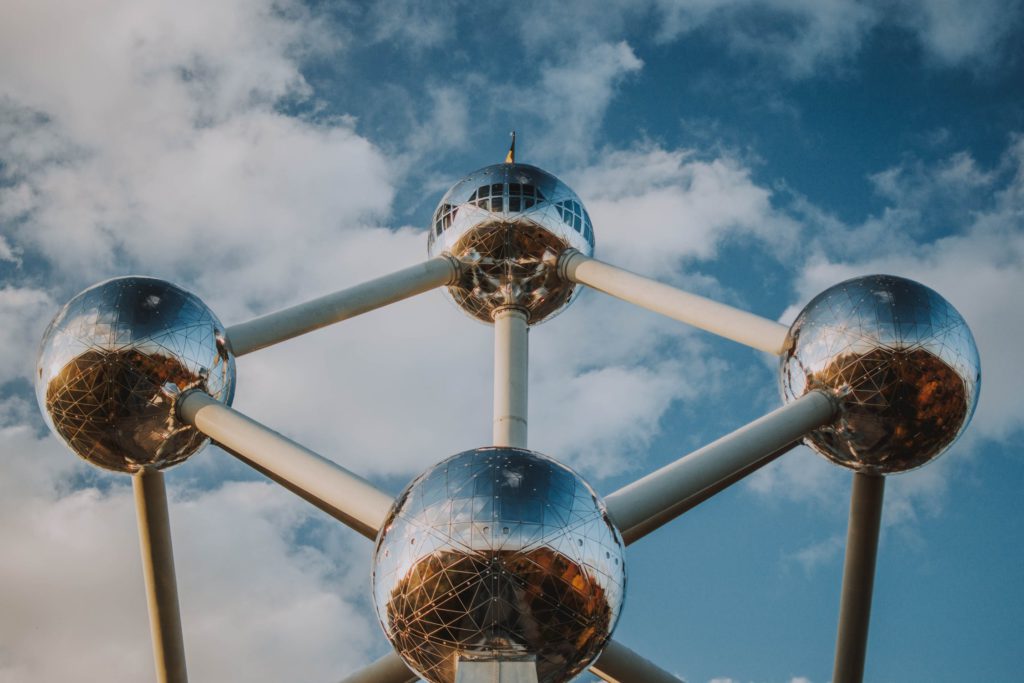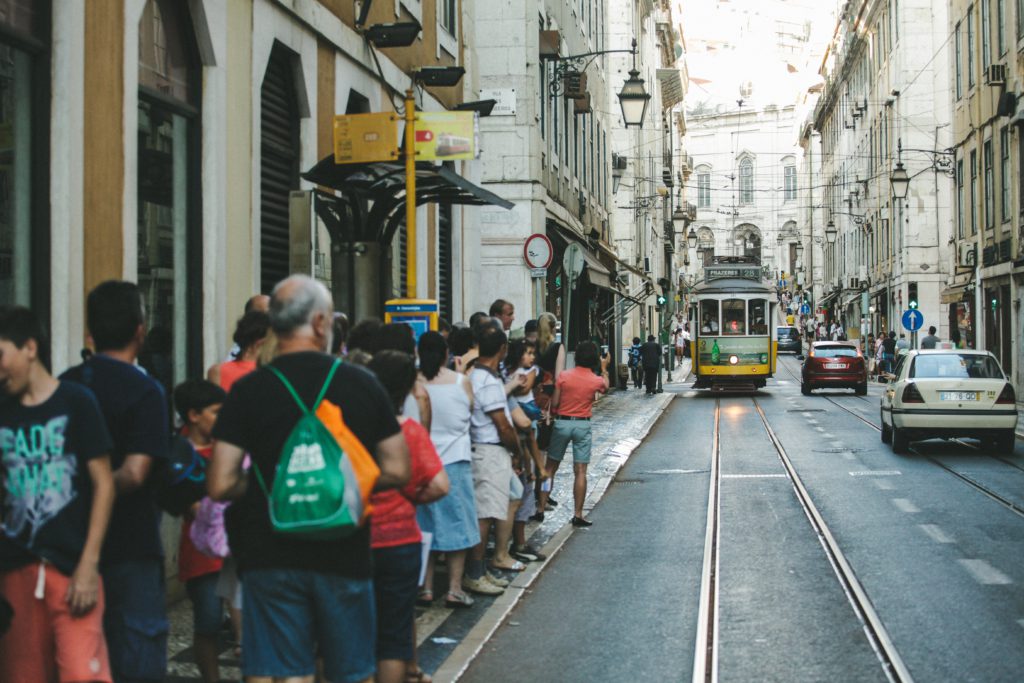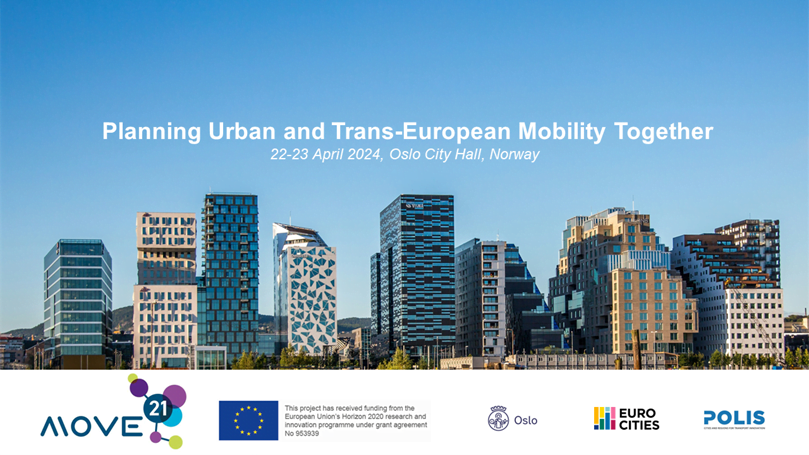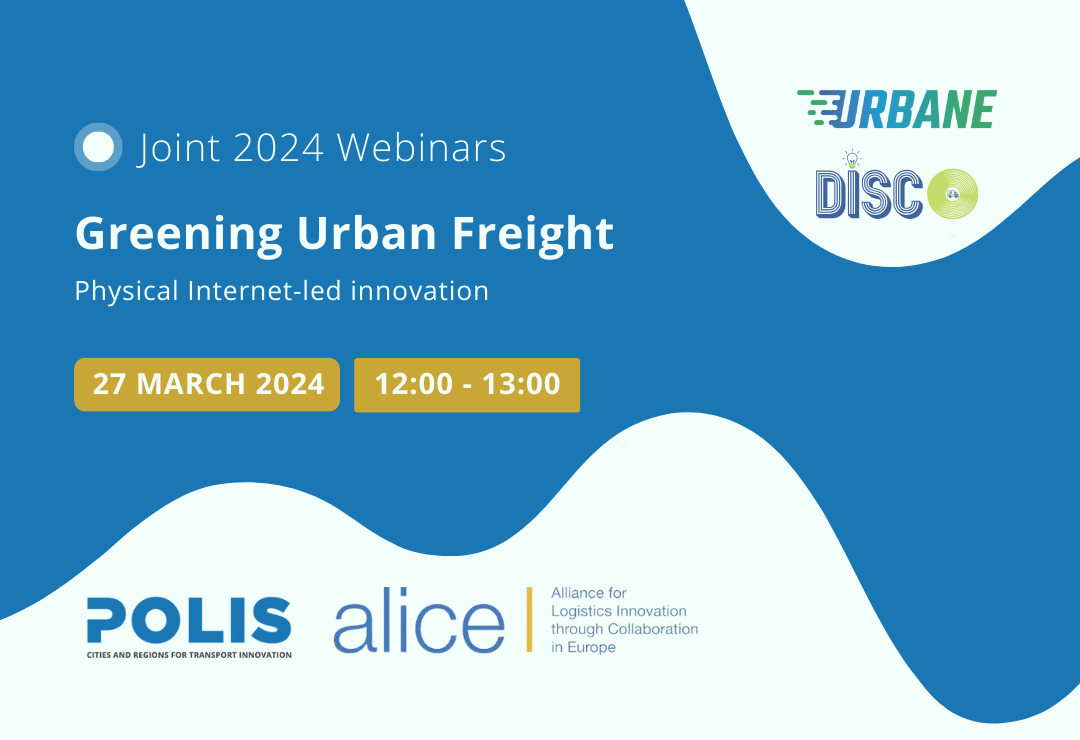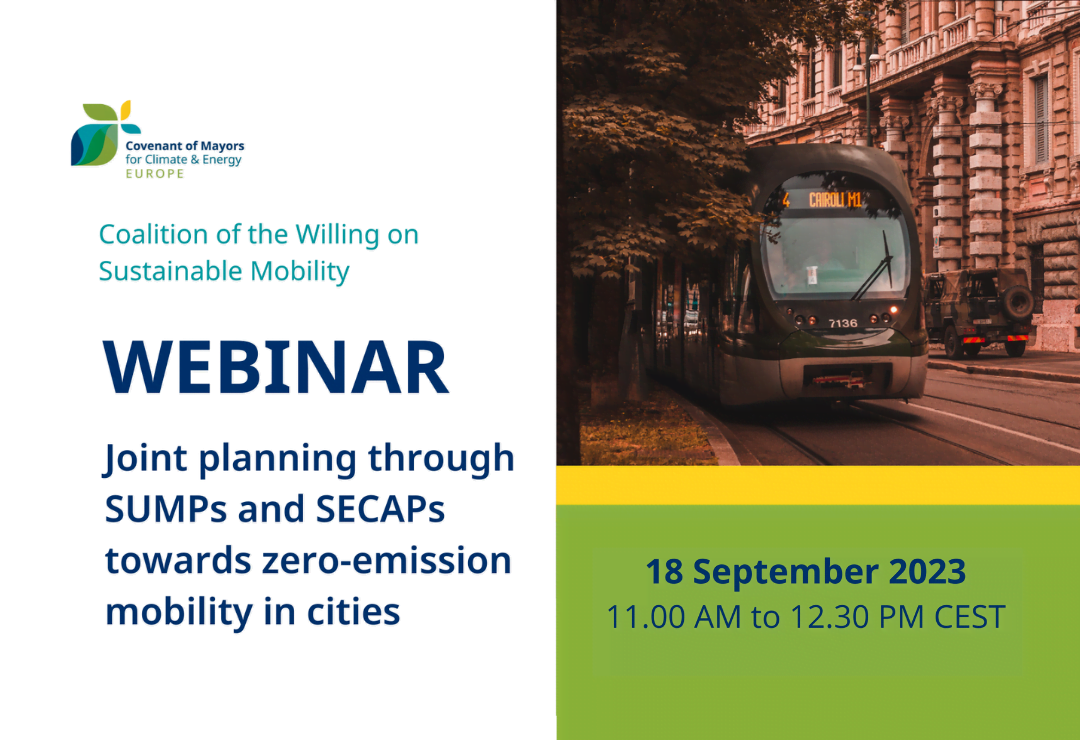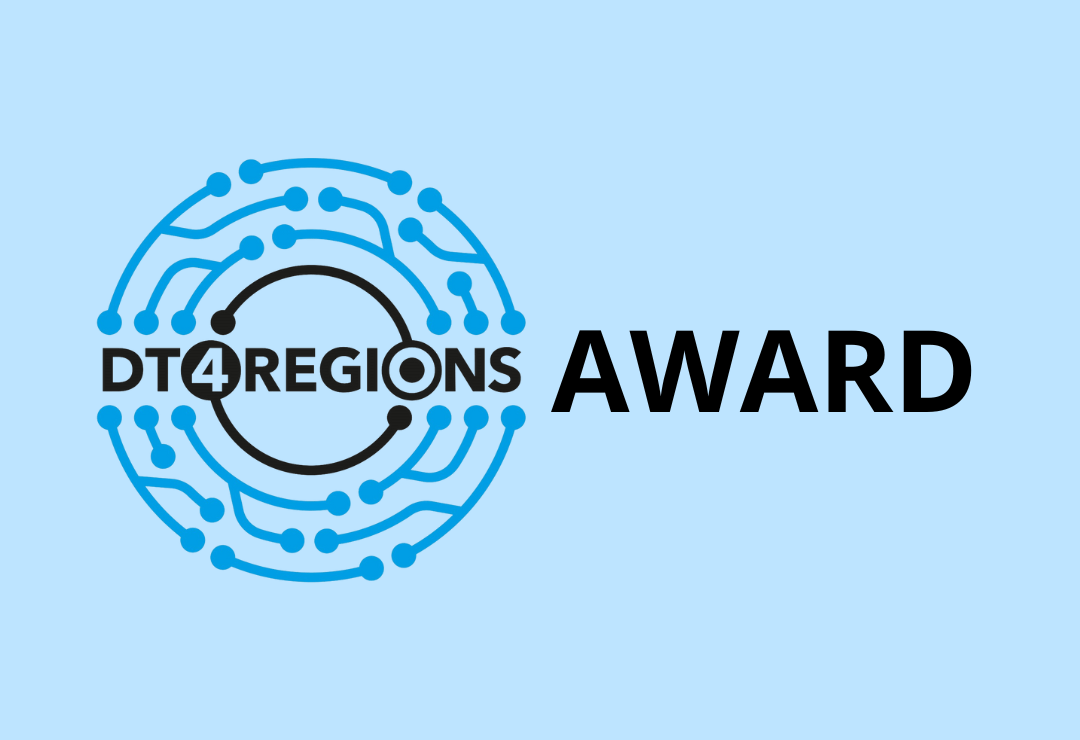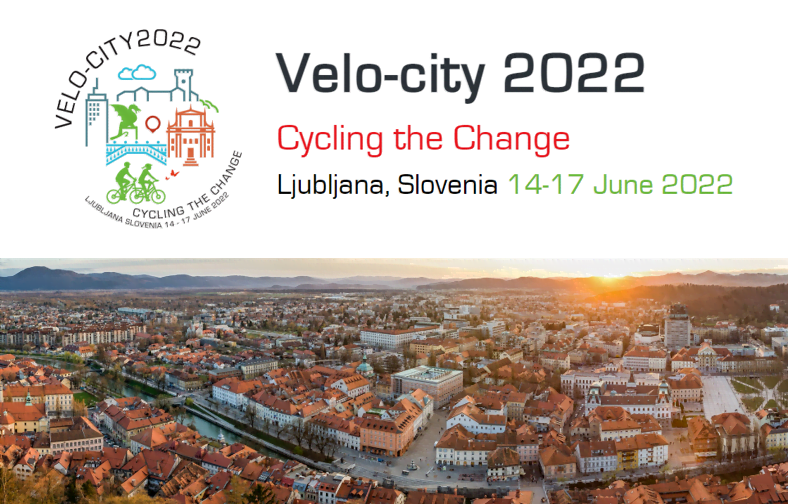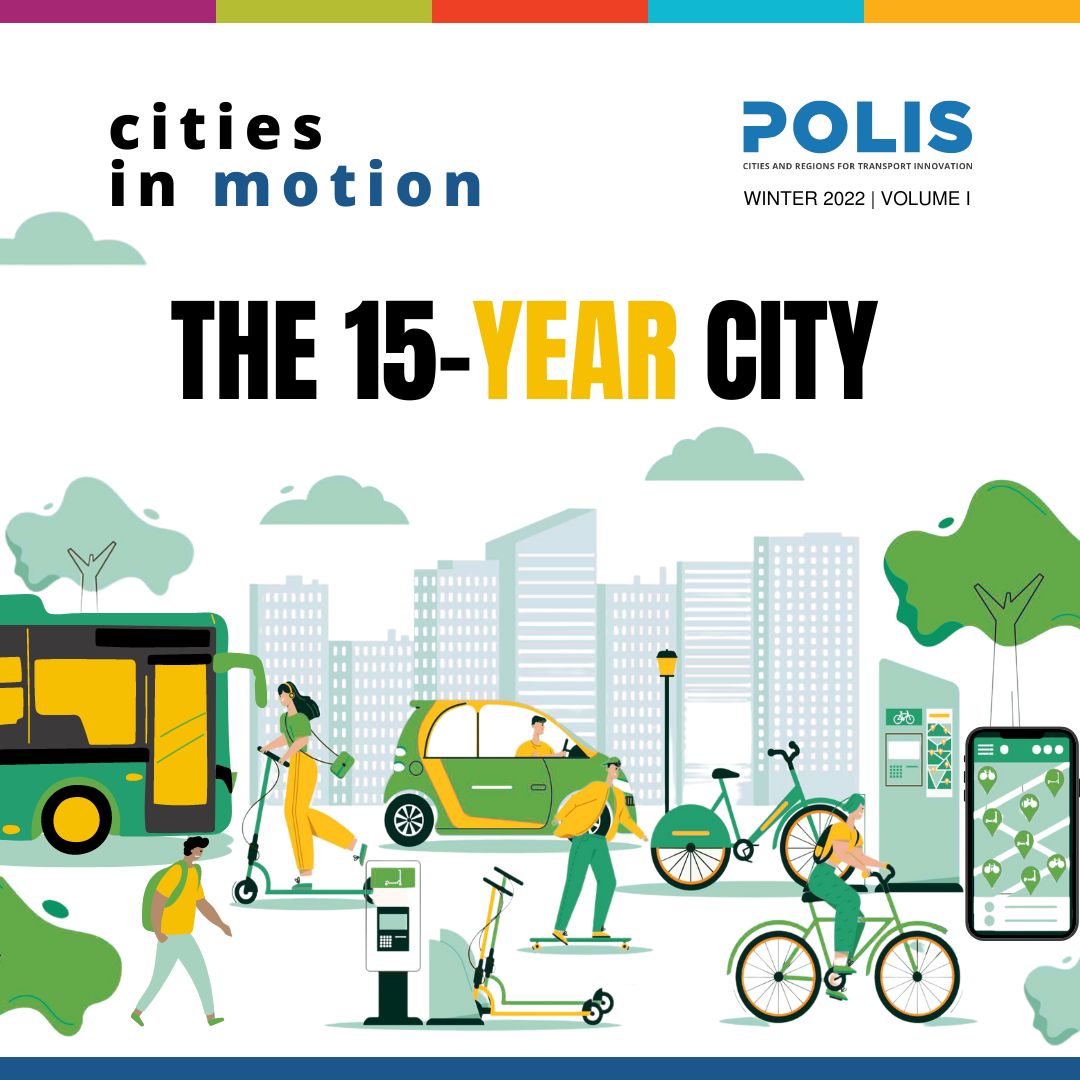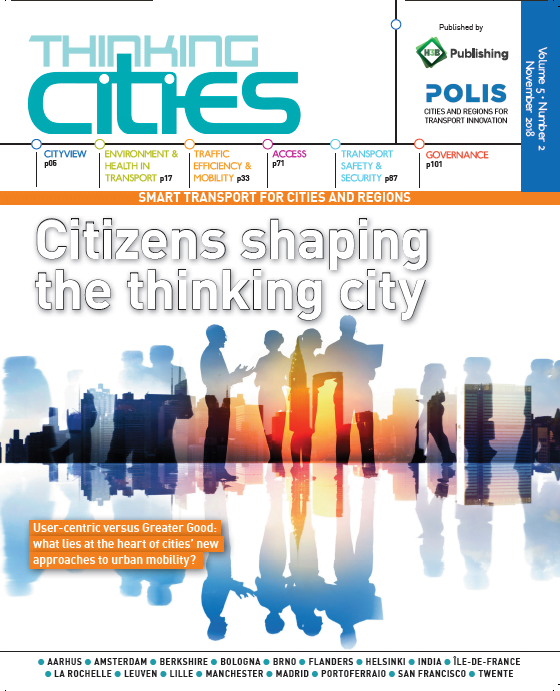Bologna
Bologna is the capital city of Emilia-Romagna, lying between the Po River and the Apennine Mountains. The city has a population of around 375,000 inhabitants, extending to 1 million over the greater Bologna area. It is also steeped in history, and home to the oldest university in the world, the University of Bologna, founded in 1088.
Bologna is the main rail and highway junction in Italy and has a fast-growing, international Airport. Bologna's future plans include large investments over the next several years to expand the airport and to build a new train station with high speed tracks, tram lines that will run partially underground, a suburban railway network and an elevated monorail connecting the train station to the airport.
The Municipal Town Council approved the new Urban Transport Master Plan (PGTU) in 2007. The plan addresses the main transport issues (pollution, accidents, congestion) affecting the daily life of citizens. The overriding goal of the PGTU is to improve quality of life, through sustainable mobility and improved accessibility. Measures focus on increasing public transport and cycle lanes, while safeguarding the most valuable environmental and architectural zones.
In 2019, Bolgona released its SUMP, the first in Italy - and one of the few in Europe - to deal with a whole metropolitan area. The plan seeks to reduce traffic emissions in 2030 by 40% compared to 1990 levels, while making the metropolitan area more accessible, sustainable and competitive by 2030, with 60% mode share for walking, cycling, public transport.
Logistics has also been a core focus for Bologna. As a replicator city for the project, MOVE21 (which connects urban systems in an integrated approach and addresses both goods and passenger transport), it has been a pilot area for testing and upscaling different solutions for passenger and goods transport.
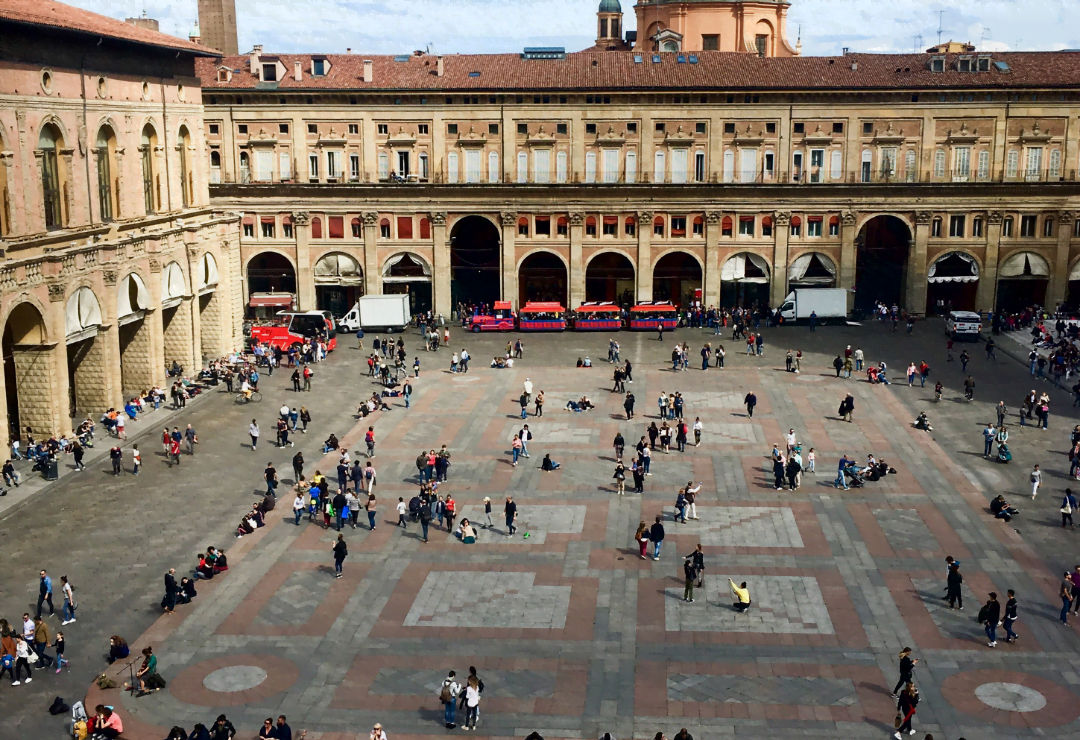
The city has also dedicated much effort towards fostering diversity and inclusion. A Municipality Charter is in place and focuses on preventing and removing discrimination based on sex, race, ethnicity, nationality, religion, political opinion, age, sexual orientation, gender identity, and psycho-physical condition. Following a process involving fourteen LGBTIQ organisations, a Co-operation Pact was notably introduced in 2017.
Since 2012, the City has also approved a yearly Positive Action Plan with diversity management actions. It follows a Code of Conduct and publishes an annual Gender Balance report. This has been integrated into their transport planning through the TRIPS project, implementing smarter, greener, and more accessible transport for all.
Electromobility is also being advanced at a rapid pace, with Bologna at the top of the list of Italian cities, with significant progress in favouring the adoption of electric/hybrid cars, going from just over 1% in 2015 to over 5% in 2020.
You can find out more on their website, or follow them on Twitter.
Bologna was engaged in the TIDE project on urban transport innovation. This short movie shows their achievements in the project.
